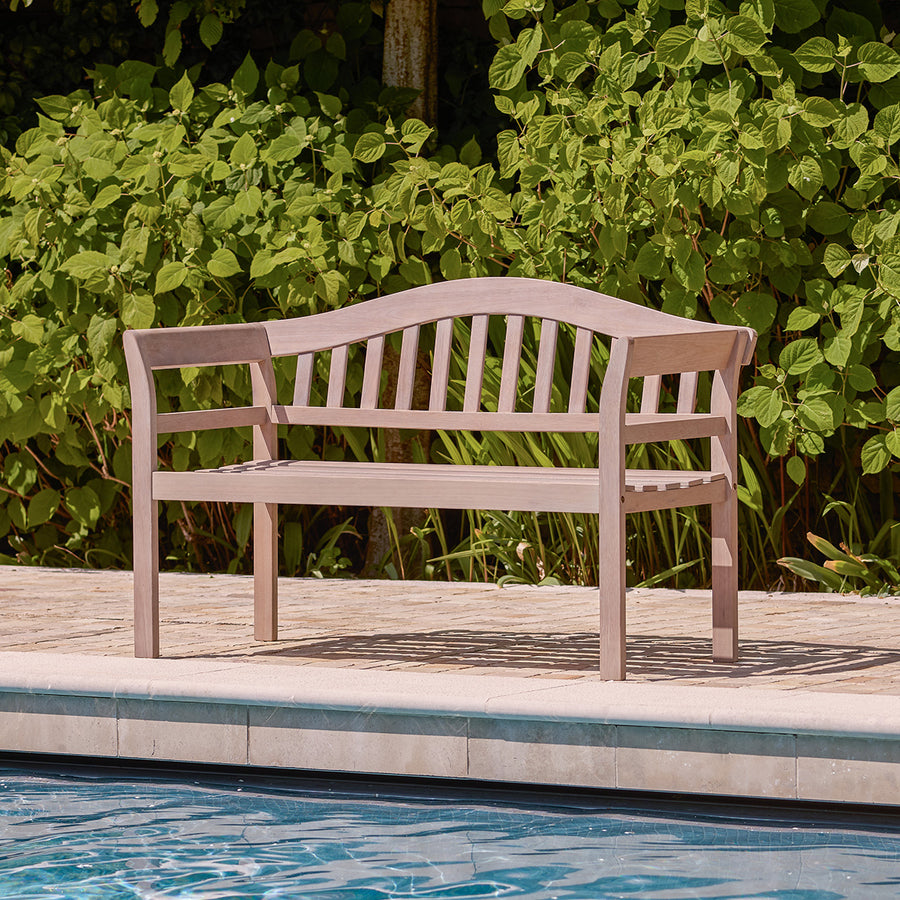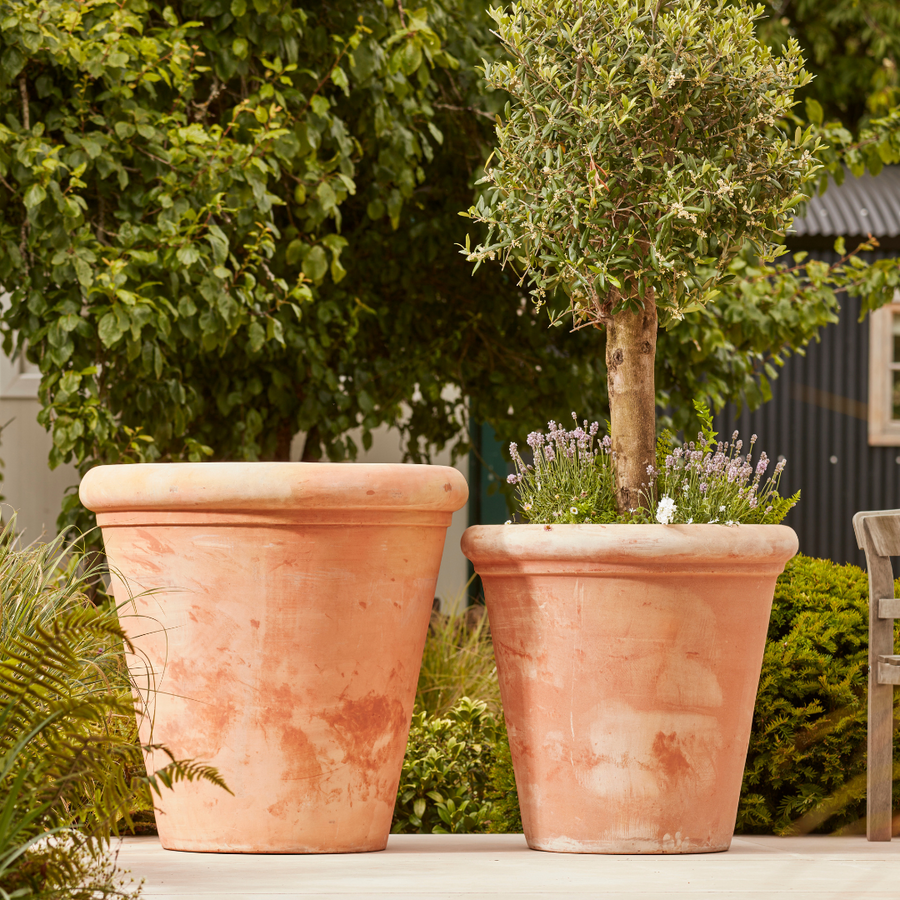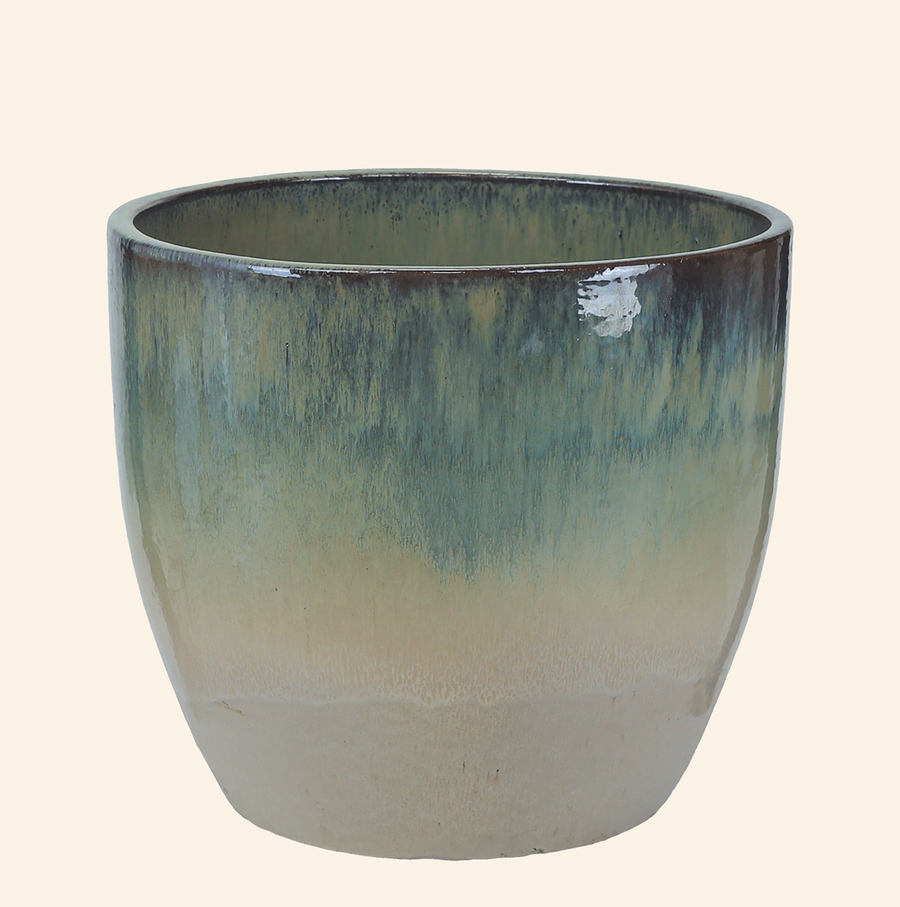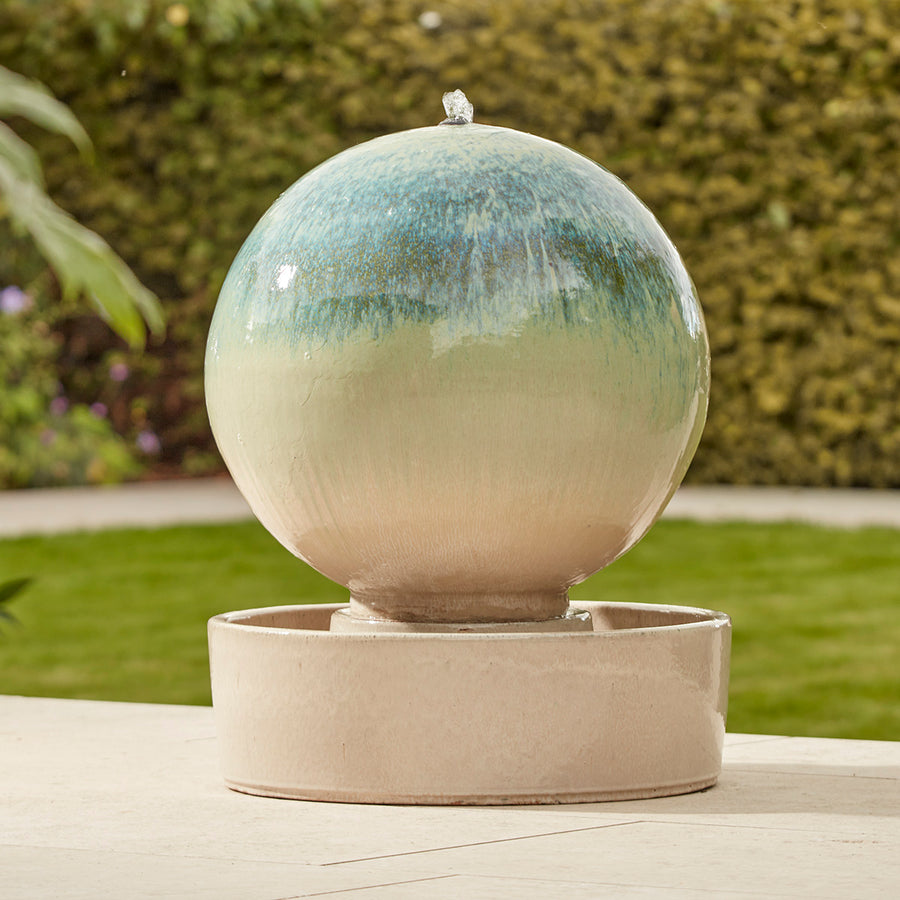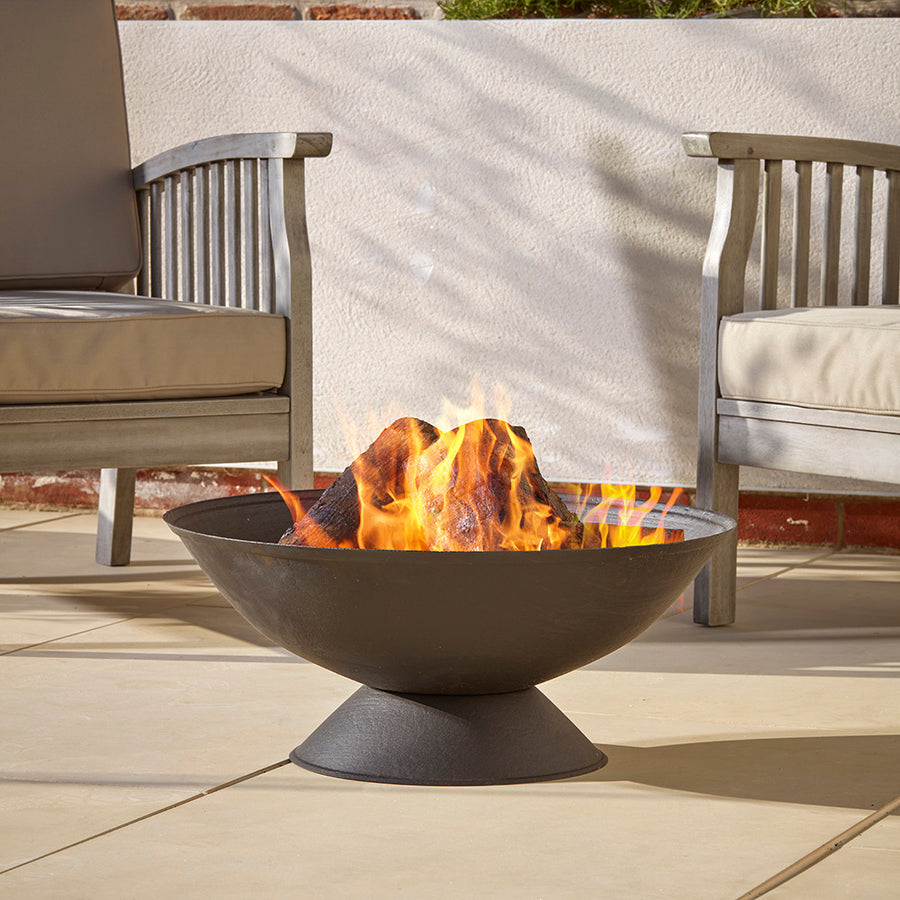Winter Wildlife Care: A Comprehensive Guide for Your Garden
Embrace Winter with Expert Wildlife Garden Care Tips
In the realm of your garden, winters can pose unique challenges for the delicate balance of wildlife and plant life. However, with a strategic approach to winter wildlife care, you can transform your outdoor space into a haven for nature even in the coldest months. Follow these expert tips to ensure your garden thrives during the winter chill.
As temperatures drop, the wildlife in your garden faces new challenges. From birds to insects, each species adapts differently to the winter climate. Understanding these dynamics is the first step to creating a wildlife-friendly garden during the colder months.
Shelter Solutions for Wintering Creatures
1. Cozy Wildlife Shelter
Install Hedgehog Houses in your garden to offer a warm and secure space for our hibernating friends like Hedgehogs. Position them strategically, ensuring they face away from prevailing winds, providing optimal protection during the coldest months. Our Wooden Hedgehog House is a best seller during the colder months for a reason!
2. Strategic Hedge Planning
Enhance your garden's natural habitat by strategically planting hedges that provide both shelter and food. Native shrubs like holly and juniper serve as excellent havens for birds seeking refuge from the cold winds.
Winter-Ready Bird Feeding Stations
3. Nutrient-Rich Feeders
Invest in high-quality bird feed stocked with nutrient-rich seeds. This not only sustains your avian visitors but also adds a burst of color and life to your winter garden. Display the bird feed in an open spot where possible, so you can make the most of the spectacular viewing, and our feathered friends can access easily. Our Hanging Wooden Bird Feeder makes the perfect display throughout the seasons.
4. Suet Treats for Energy Boost
Hang suet treats in your garden to provide an energy boost for birds in need. The extra fat helps them endure the colder temperatures while offering you a front-row seat to the lively winter bird activity.
Water Sources for Wintering Wildlife
5. Beautiful Bird Baths
Ensure a reliable water source by installing a bird bath. This small addition can make a significant difference, especially during freezing temperatures, providing a lifeline for wildlife in search of water. Top Tip: Prevent your bird bath from freezing over by placing a tennis ball in the water. The consistent movement from the ball helps prevent the top layer of water from freezing into ice, thus allowing the water to remain unfrozen for longer.
Our Ancient Stone Bird Bath is ideal for keeping the wildlife hydrated throughout all seasons.
6. Pond De-Icers for Aquatic Life
If your garden includes a pond, consider adding a pond de-icer to prevent the water's surface from freezing entirely. This safeguards aquatic life and ensures a year-round ecosystem balance.
Sustainable Winter Garden Practices
7. Mindful Pruning Techniques
Adopt mindful pruning practices to preserve winter habitats. Leaving certain plant structures intact provides shelter for insects and other small creatures, contributing to the overall health of your garden's ecosystem.
8. Mulching for Temperature Regulation
Apply a layer of organic mulch around plants to regulate soil temperature. This not only protects the root systems but also creates a welcoming environment for insects seeking refuge from the cold.
Supporting the Winter Wildlife Cause
In conclusion, by implementing these winter wildlife care strategies, you not only ensure the survival of your garden's inhabitants but also contribute to the larger tapestry of biodiversity. Embrace the beauty of winter by transforming your garden into a haven for wildlife, creating a sustainable and thriving ecosystem even in the coldest months.
Why not take a look at our entire Wildlife range? Or check out our other blog posts for more Wildlife care tips!


